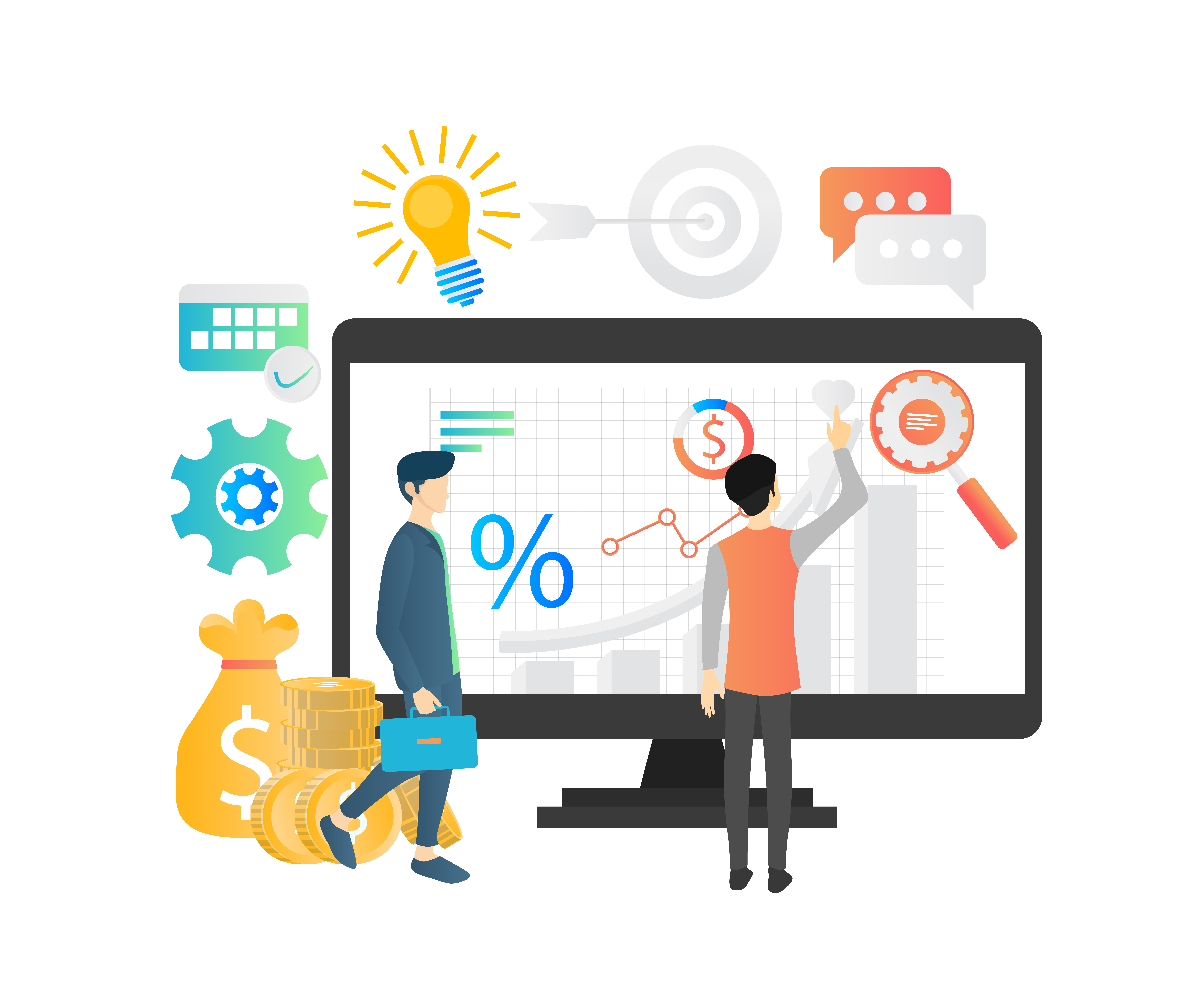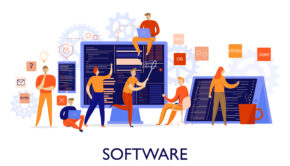Exploring the Lifecycle of Software Product Development
Software product development is a complex and iterative process that involves various stages, methodologies, and considerations. Understanding the lifecycle of software product development is crucial for organizations and professionals involved in creating high-quality software solutions. In this article, we will explore the key stages that make up the software product development lifecycle, providing insights into each phase’s objectives, activities, and significance.
Key stages of lifecycle software product development
Requirements Gathering and Analysis
The first stage of the software product development lifecycle is requirements gathering and analysis. This phase involves understanding the needs and expectations of stakeholders, including clients, end-users, and business owners. The development team conducts interviews, workshops, and research to collect and analyze requirements, aiming to define the project’s scope, functionality, and goals. The output of this stage is a detailed requirements document that serves as a foundation for subsequent development activities.
System Design
Once the requirements are established, the system design phase begins. This stage focuses on creating a comprehensive architectural design for the software product. The development team determines the system’s structure, modules, interfaces, and data flows. Additionally, technology choices, hardware requirements, and integration points are defined. The system design phase results in detailed technical specifications and serves as a blueprint for the development process.
Implementation and Coding
The implementation and coding stage is
The implementation and coding stage is where the software product starts to take shape. Developers write code based on the specifications and design documents. This phase involves following programming best practices, adhering to coding standards, and leveraging appropriate programming languages and frameworks. The development team works in close collaboration, utilizing version control systems and agile development methodologies to ensure efficient code development and continuous integration.
Testing and Quality Assurance
Quality assurance and testing are integral components of the software product development lifecycle. The testing phase involves various activities, such as unit testing, integration testing, system testing, and user acceptance testing. Quality assurance engineers and testers verify the software’s functionality, performance, security, and usability. Bugs and issues are identified, reported, and resolved, ensuring a stable and reliable software product.
Deployment and Release
The deployment and release stage involves preparing the software product for production. The development team configures the software for the target environment, conducts final system testing, and resolves any remaining issues. This phase includes activities like data migration, installation, and configuration. Once the software product is thoroughly tested and validated, it is released to end-users or clients for implementation and usage.
Maintenance and Support
The software product development lifecycle does not end with the release. The maintenance and support stage focuses on post-production activities, such as bug fixing, performance
optimization, feature enhancements, and technical support. This phase ensures the software product remains up-to-date, secure, and aligned with evolving user requirements. Ongoing maintenance and support contribute to user satisfaction and product longevity.
Conclusion
The lifecycle of software product development encompasses a series of interconnected stages, each serving a specific purpose in creating a high-quality software solution. From requirements gathering and analysis to maintenance and support, each phase plays a vital role in delivering a successful software product.
By understanding and effectively managing the lifecycle of the software product development company, organizations can optimize their development processes, mitigate risks, and deliver innovative and valuable software solutions.
Cover Image by Freepik
















